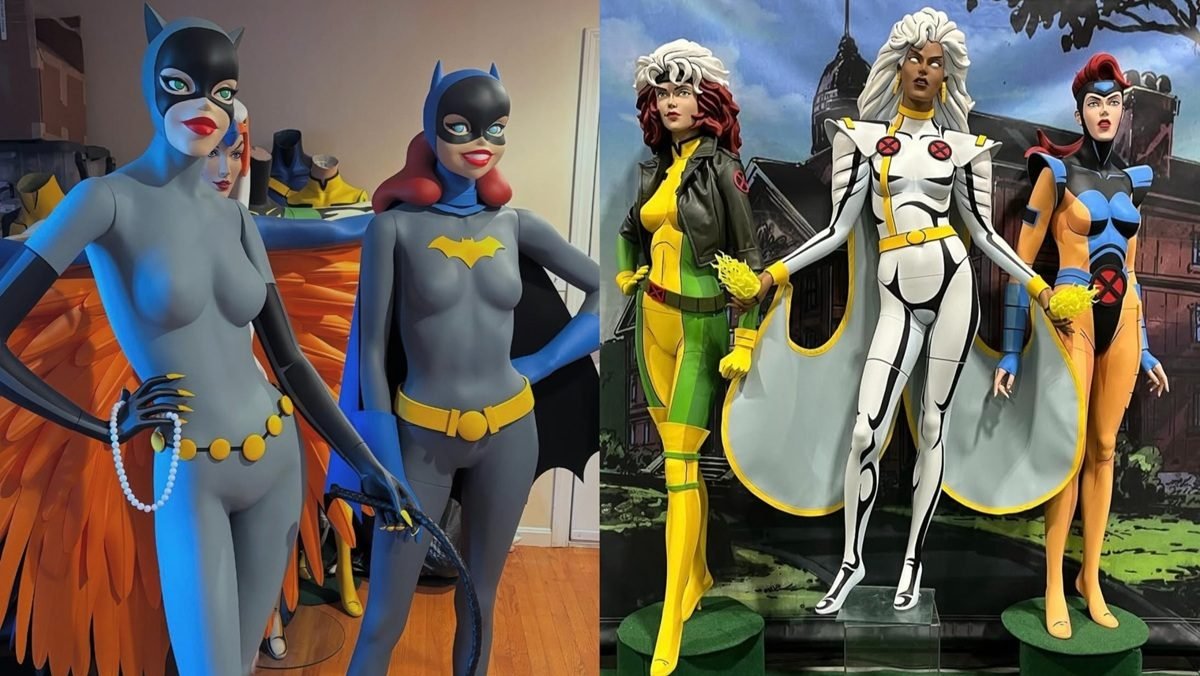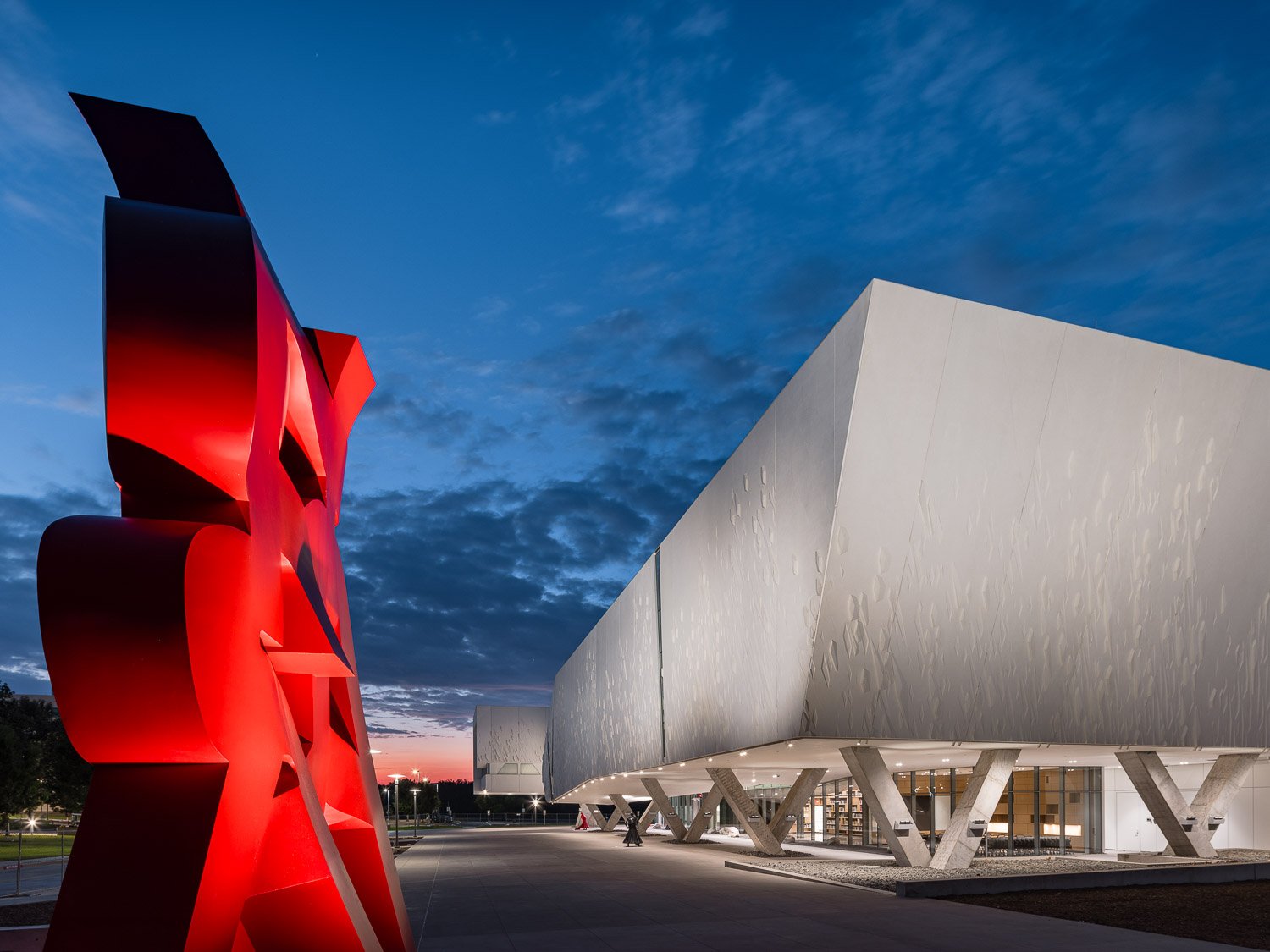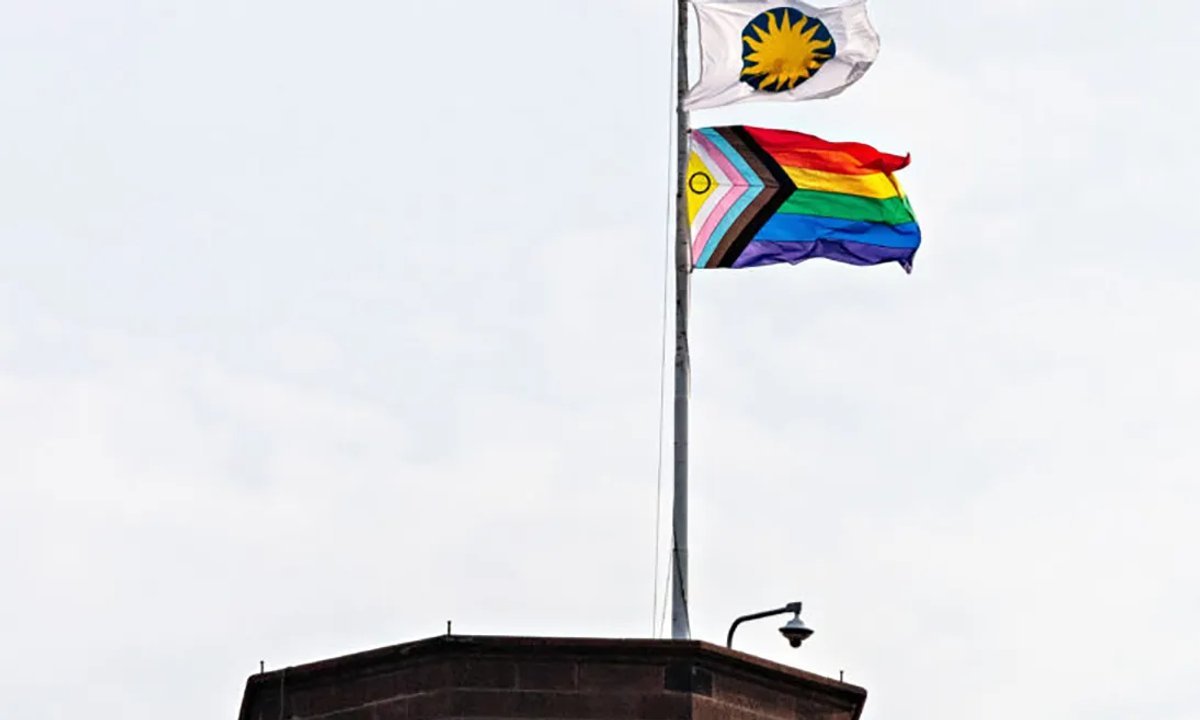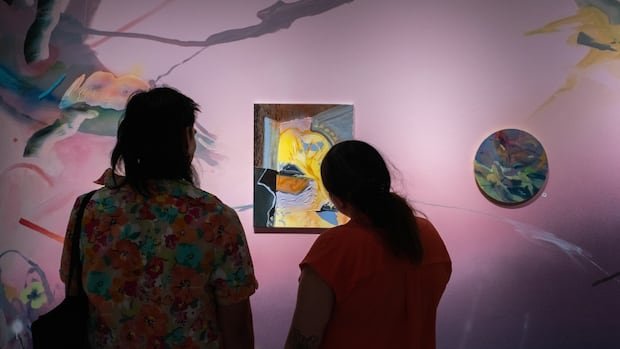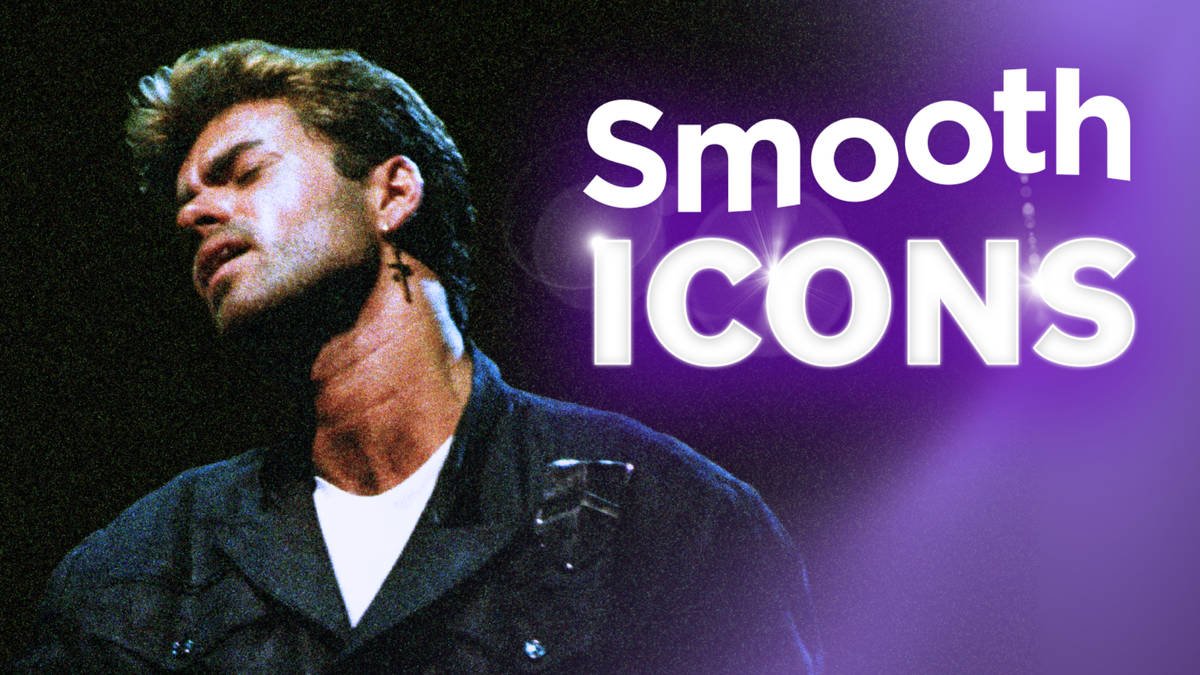There are many views about what public art is or should be.
I think public art is art in public spaces, art created to engage the public with some part of culture and history, a point in time, a philosophy or thought, for education, entertainment, history or whimsy.
There’s all kinds of public art.
I’ve joined the thousands who visit the internationally famous charging bull, a bronze sculpture weighing more than 7,000 pounds, on Wall Street on any given day.
I’ve visited the majestic Lincoln Memorial and the towering Martin Luther King Jr. sculptures in Washington, D.C., several times.
I like the steel flowers by artist Howard Kalish, just outside of the Claiborne Building in Baton Rouge, the Dalmatian sculpture, named Art, outside an old firehouse on Crockett Street in Shreveport, and the George Rodrique Blue Dog sculptures across Louisiana and beyond, including the 28-foot sculpture on Veterans Memorial Boulevard in Metairie.
“Prospect.6 the future is present, the harbinger is home” will feature contemporary art from New Orleans and across the world when it opens in November. None of the art is expected to be permanent, though organizers always hope fortunes lead to permanent blessings.
Last year, Prospect New Orleans got funding for three temporary memory projects.
Abolition Playground by kai lumumba barrow opened in late September 2023 and was deinstalled in April, Prospect executive director Nick Stillman told me. Nanih Bvlbancha, by an intertribal collective with Ida Aronson, Dr. Tammy Greer, Jenna Mae, Ozone 504 and Monique Verdin, opened in early April. It’s already a permanent exhibit with the artists and Lafitte Greenway.
Memoirs of the Lower 9th Ward, by nationally known and respected photographers Chandra McCormick and Keith Calhoun, opened in early December and is set for deinstallation July 29.
That leaves only a few more weeks to view a special sculpture that has quickly become a part of the neighborhood below the Claiborne Bridge and minutes from my old Holy Cross neighborhood beyond St. Claude Avenue. Like the two other memory projects, it was created with a short lease of a few months.
“The deal was always that the piece would have to go away,” said Stillman, noting that the required state and city permits expire. Plus, he added, New Orleans is “harsh territory” for public art. Maybe a different structure might have been built if it were going to be permanent.
The Lower 9th Ward sculpture has developed neighborhood support and citywide affection, drawing folks from across the city.
I’ve visited thrice in recent weeks. City Council member Oliver Thomas, who grew up in the Lower 9 and now represents it, said, “It suits that community where it is.”
Thomas knows many of the people featured in the work, as do others who point to family members, friends and church members. McCormick loves the photo of her grandmother holding her husband’s picture. Calhoun loves the photo of Merrit Lumas, a postal worker who cut hair, as he cuts the hair of Willie L. Calhoun Sr., Keith’s father, the same man who cut his children’s hair.
Joann and Ferdinand Snyder have lived across the street from where the sculpture sits since 1999. Married for 51 years, they decided they needed security camera protection. These days they keep an eye on the sculpture, alerting McCormick and Shannon if they see anything suspicious.
Joann likes coming home after work and seeing the sculpture. “It brings out the community and the people, and it means a lot to us,” she said.
The Snyders began to worry when people parked their cars outside their home for long stretches. Since the sculpture was erected, cars park there “almost every other day.”
Calhoun isn’t worried about a busy hurricane season destroying the sculpture. Its panels of photographs can be replaced. It’s a combination of community, education, a gathering place and a reason for people to visit the Lower 9th Ward.
“I hope as much as anyone that the piece can stay,” Stillman told me.
“I want it to stay, but what does that look like?” Thomas asked.
It looks like Louisiana state transportation and New Orleans planning officials acknowledging that we’ve got something special on the neutral ground near Flood Street.
It looks like Lower 9th Ward residents organizing to say, “We want to keep our sculpture.”
It looks like an individual or group organizing to save the sculpture.
It looks like Chaundra and Keith reminding people that nothing was on that brick circle until they built a see-through, house-like sculpture that lights up a part of a neighborhood making a comeback.
It looks like public art finding its place.


